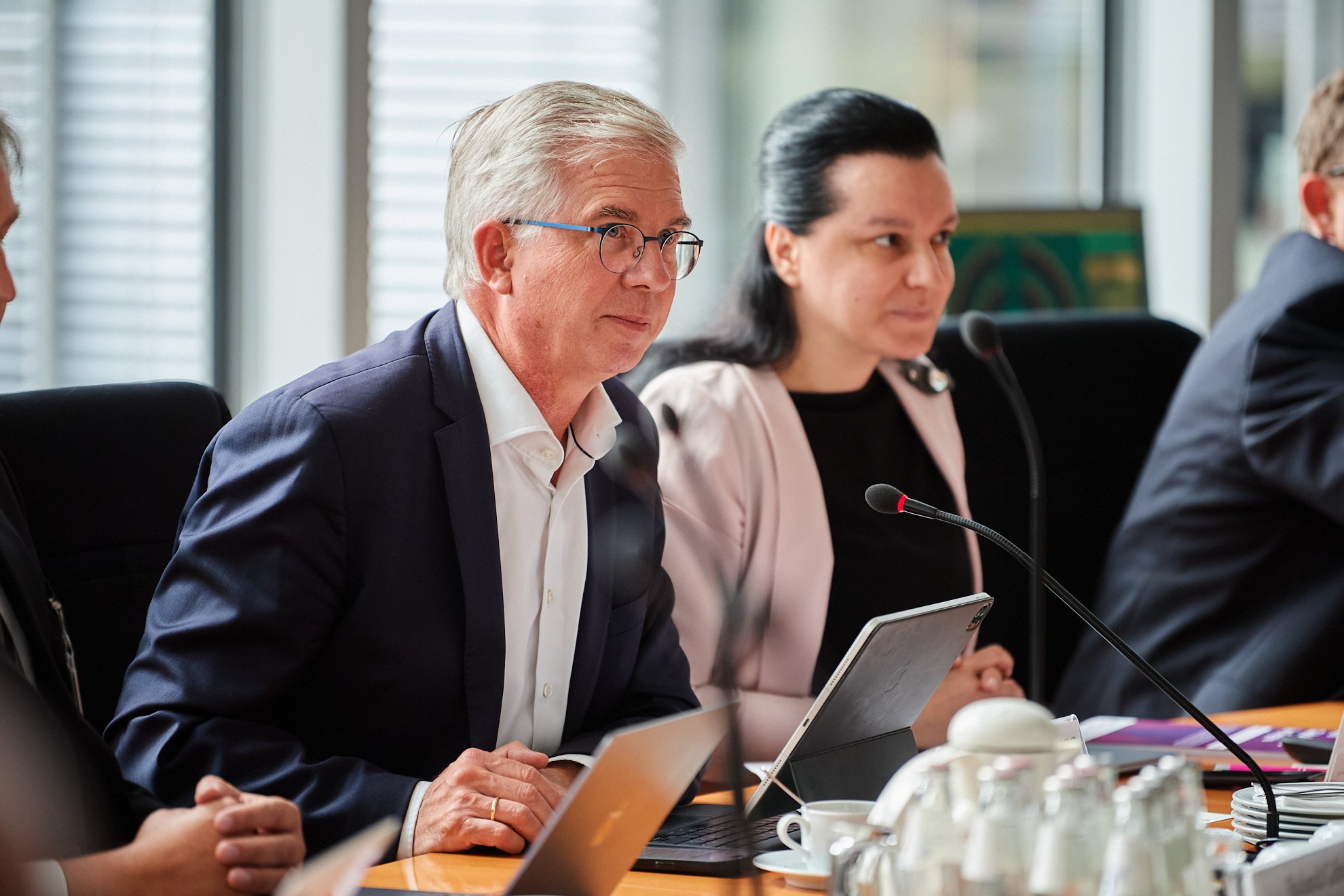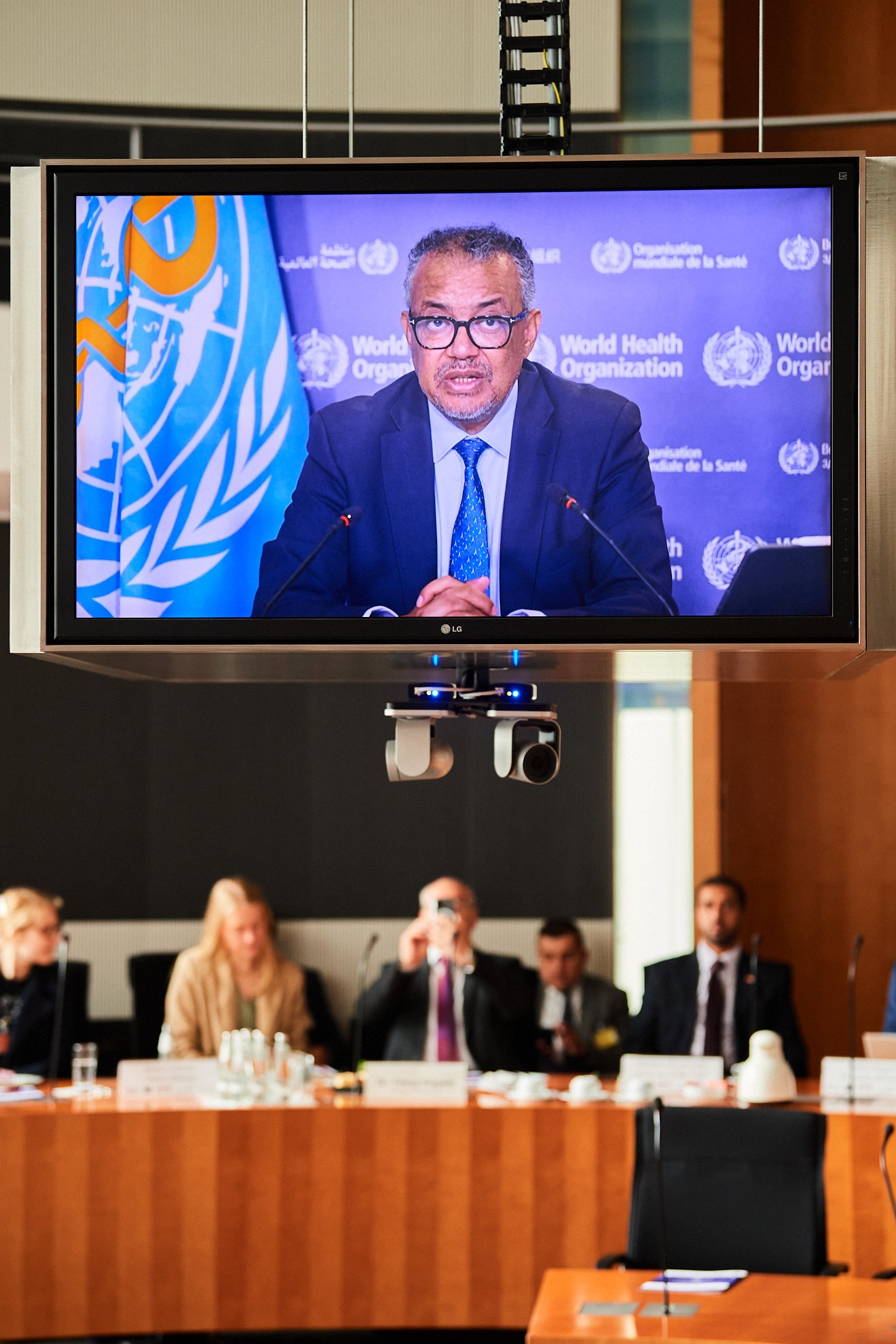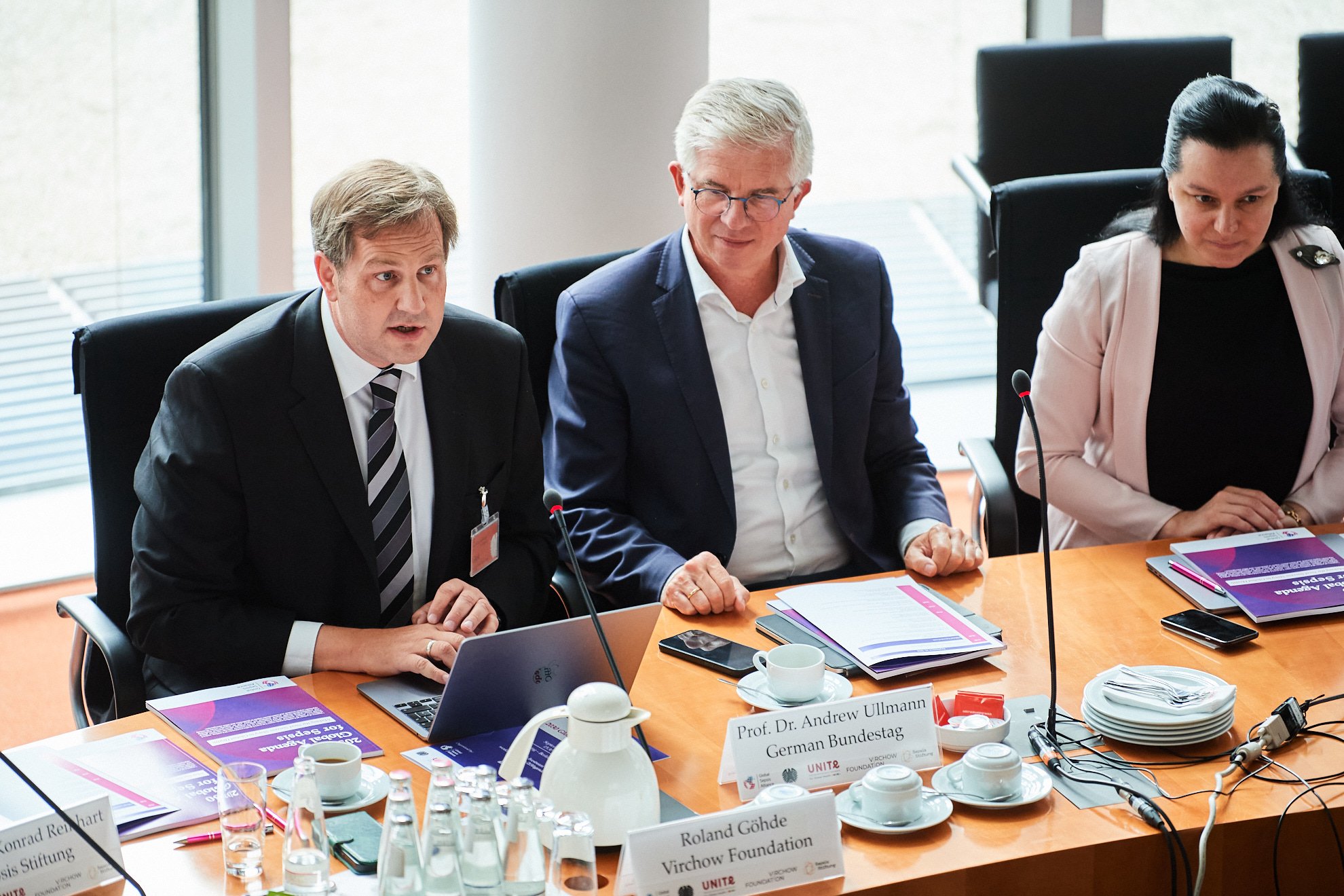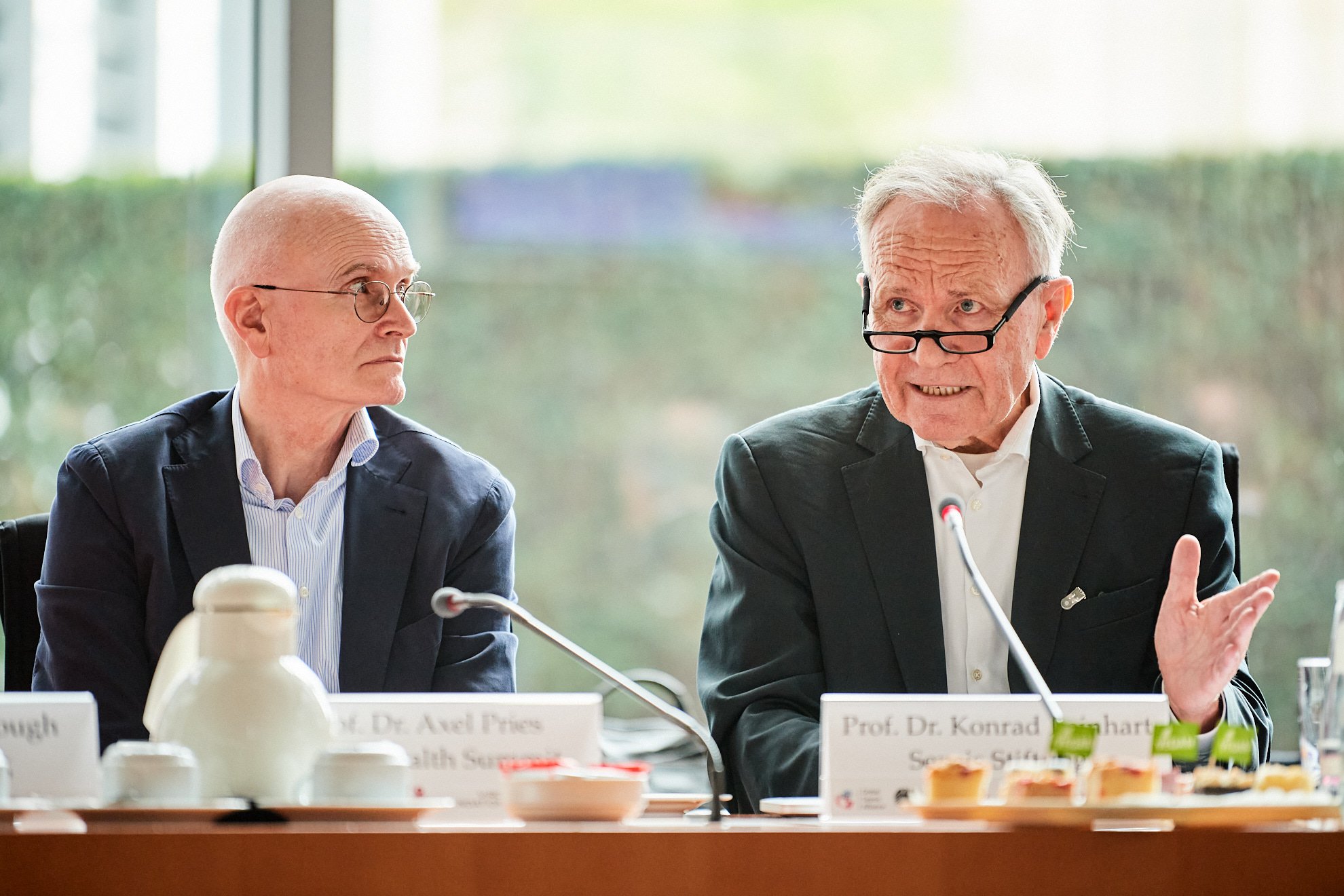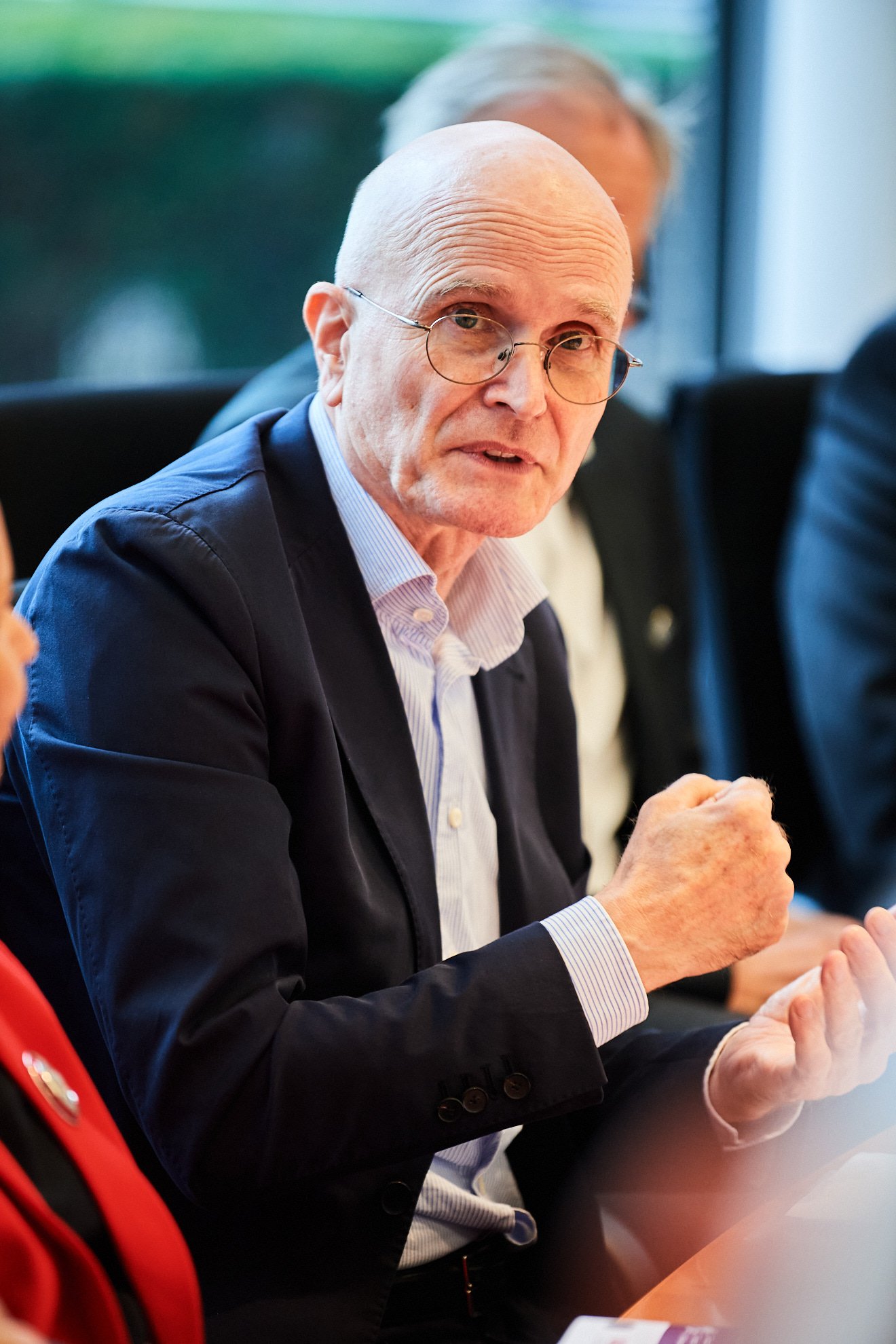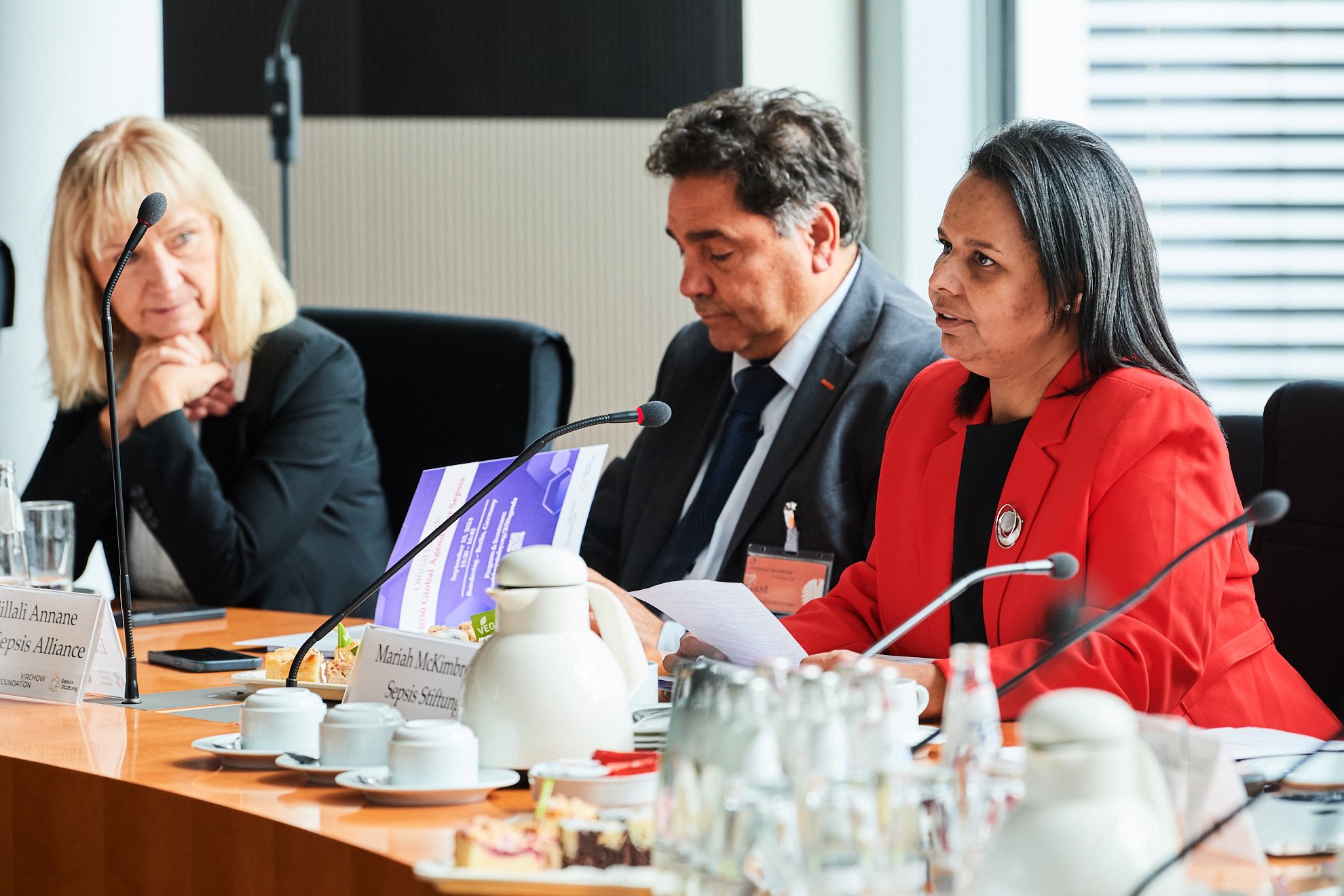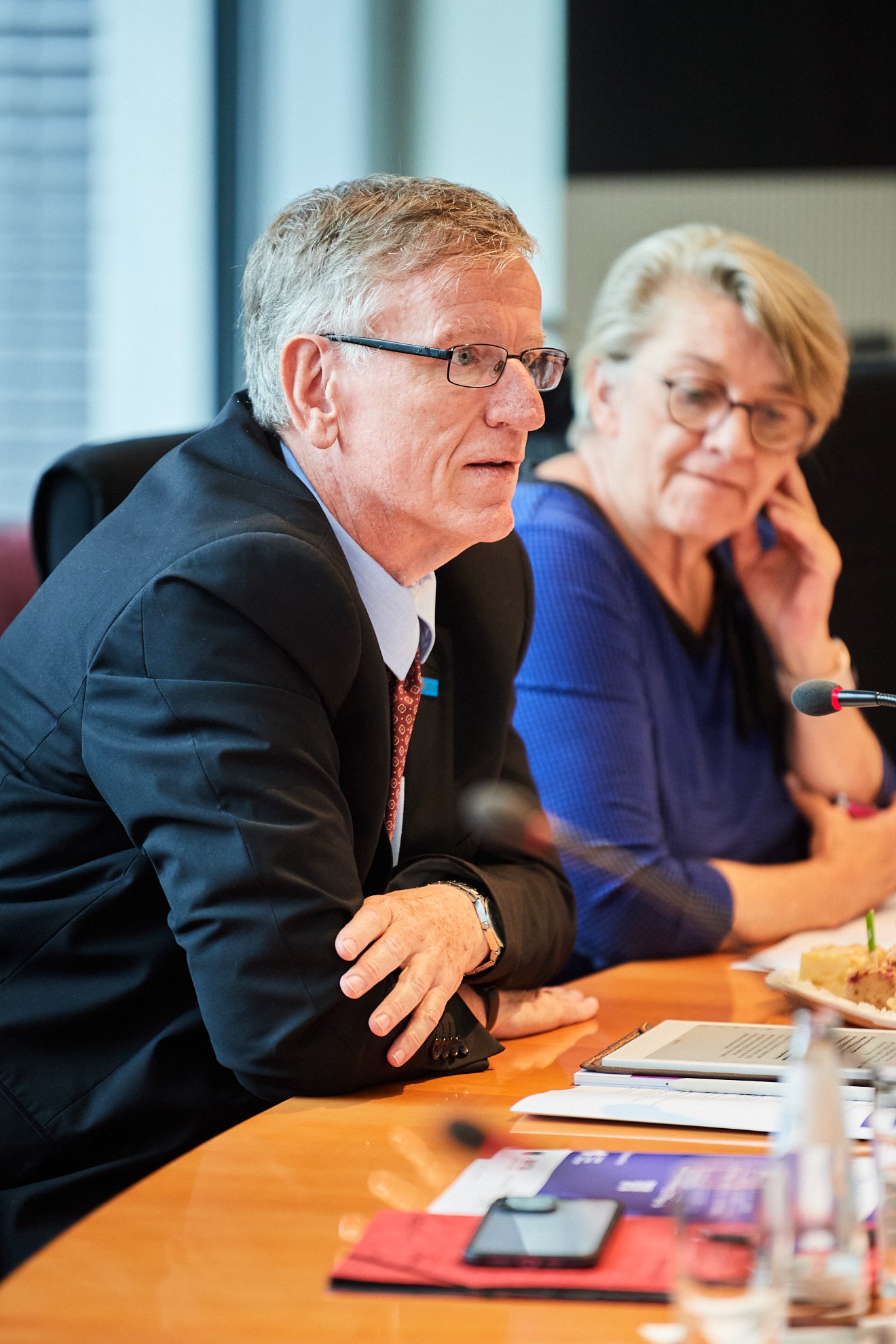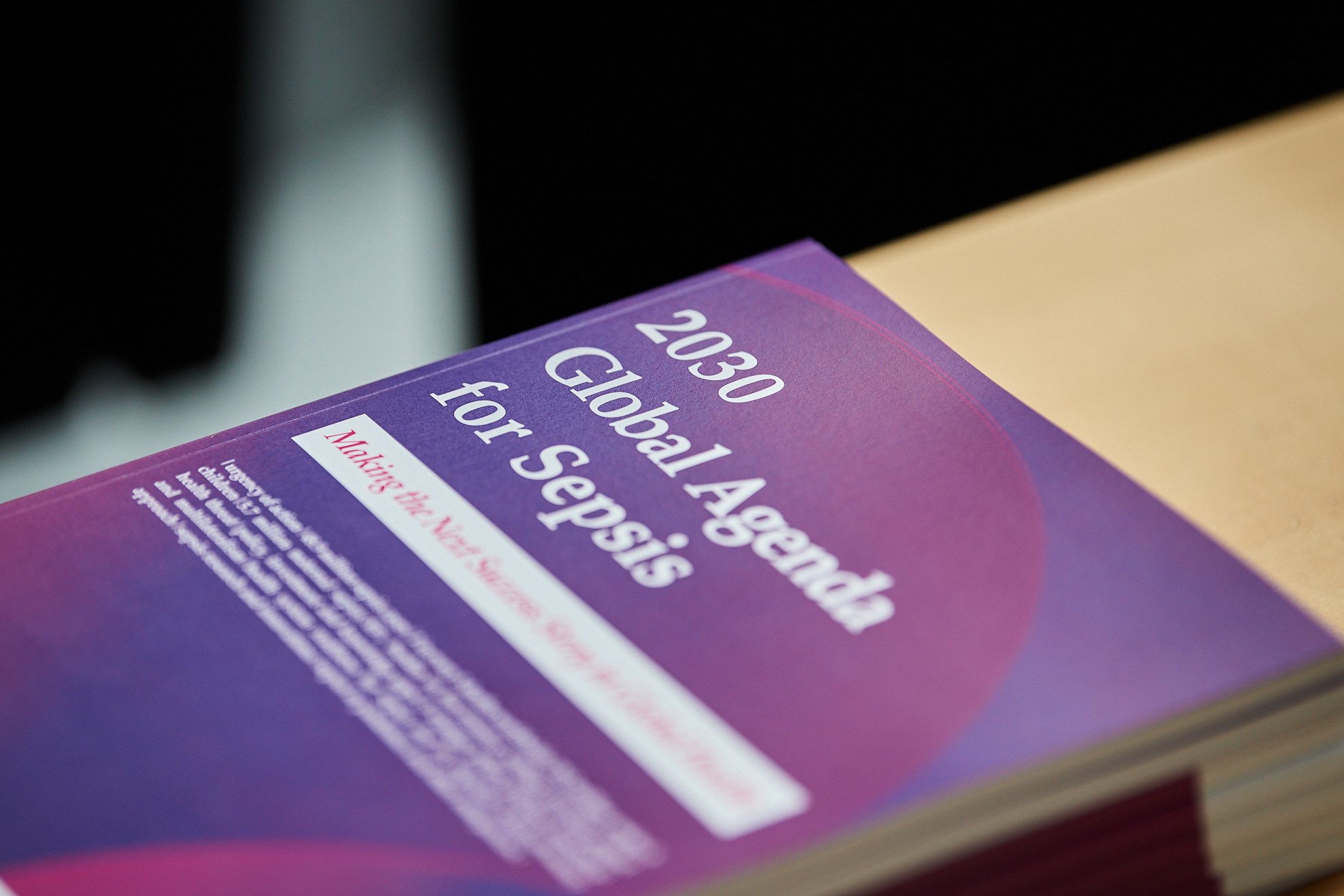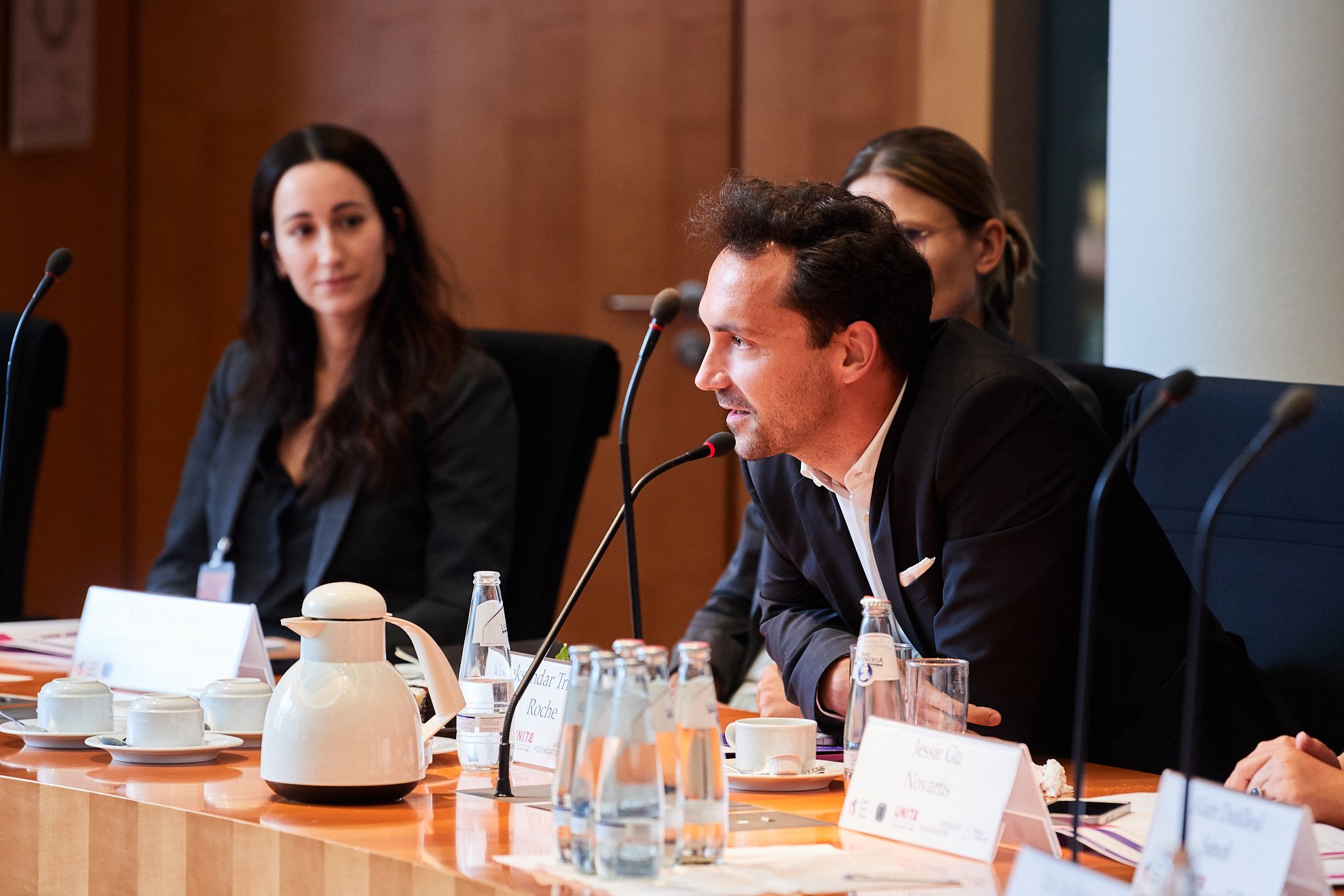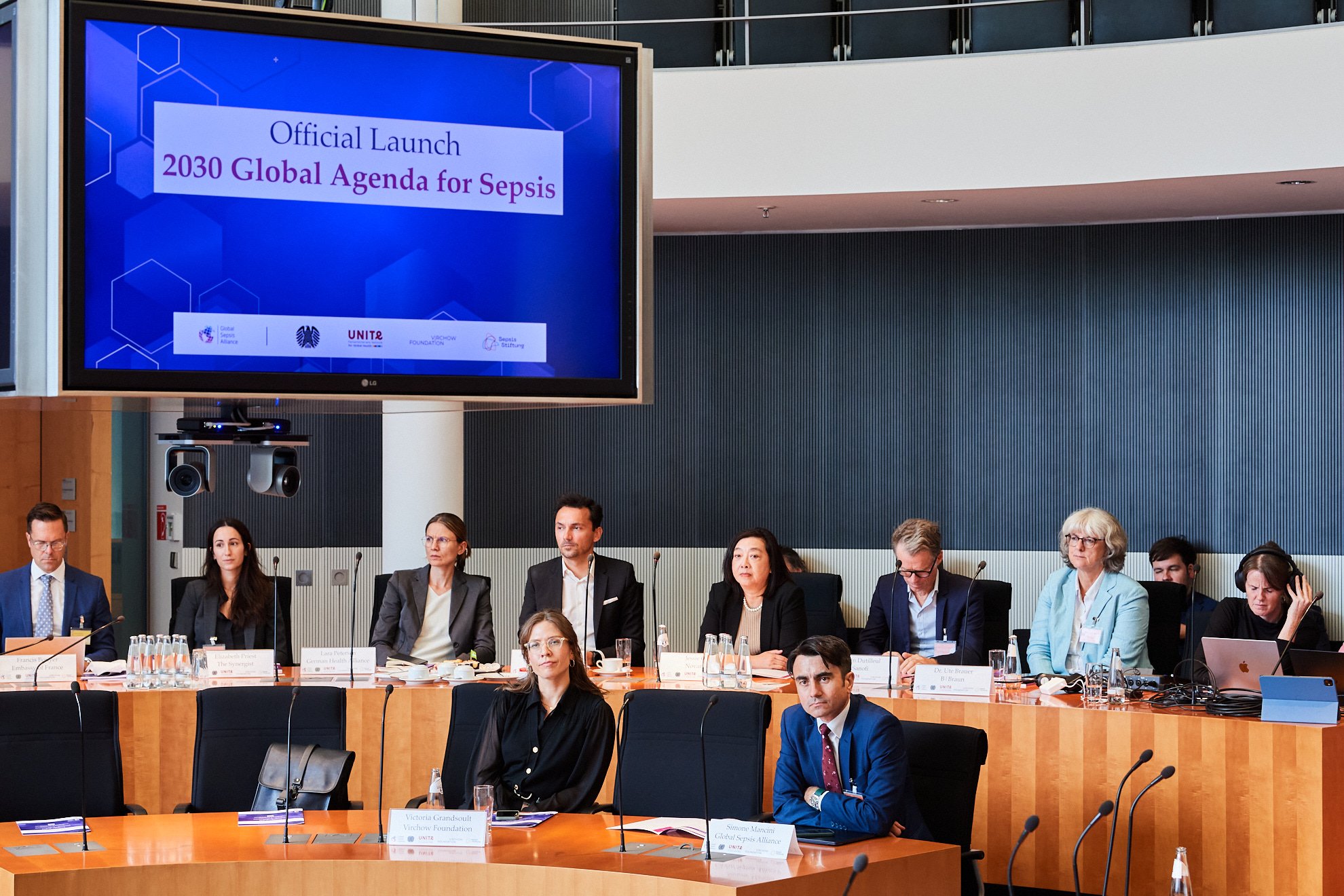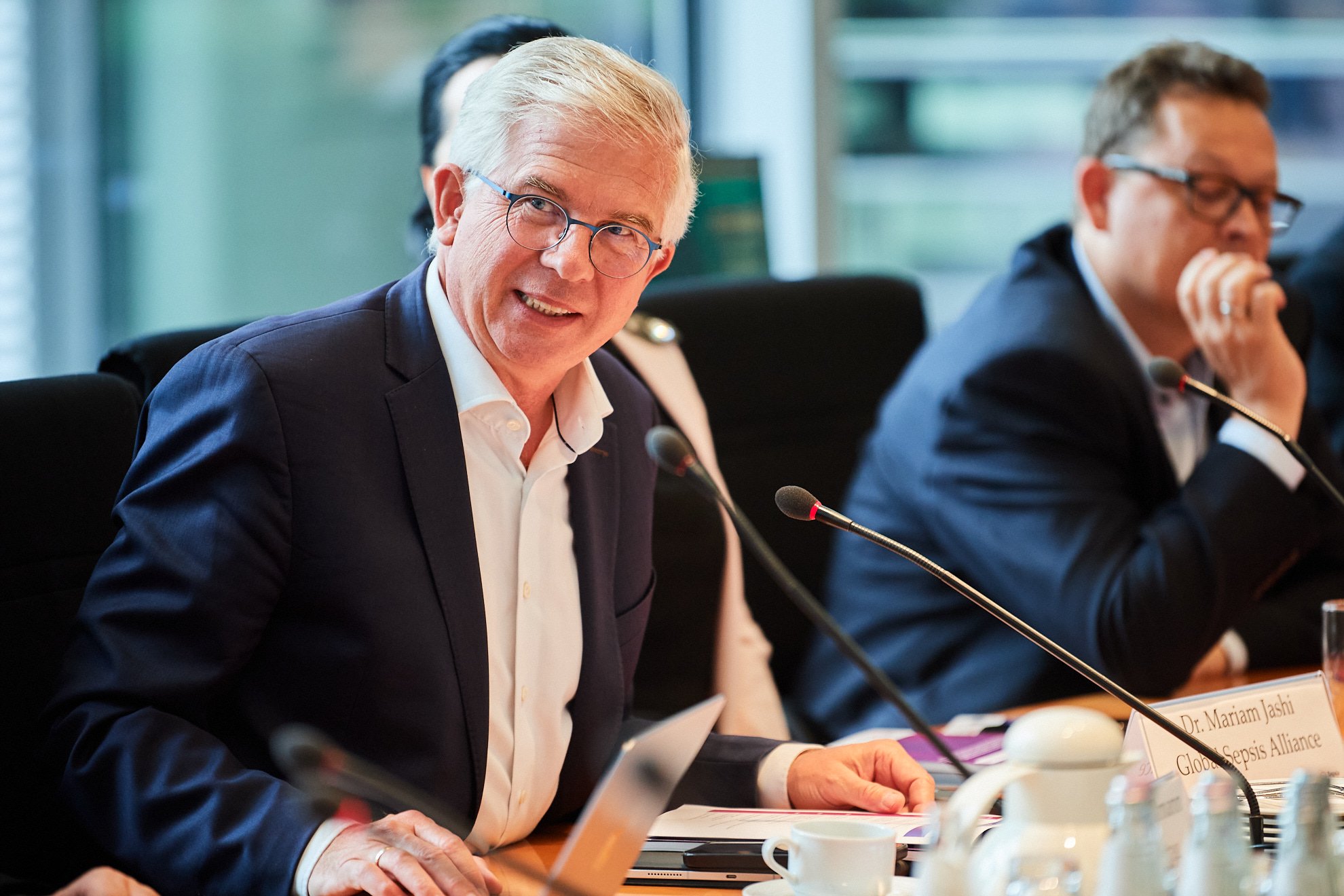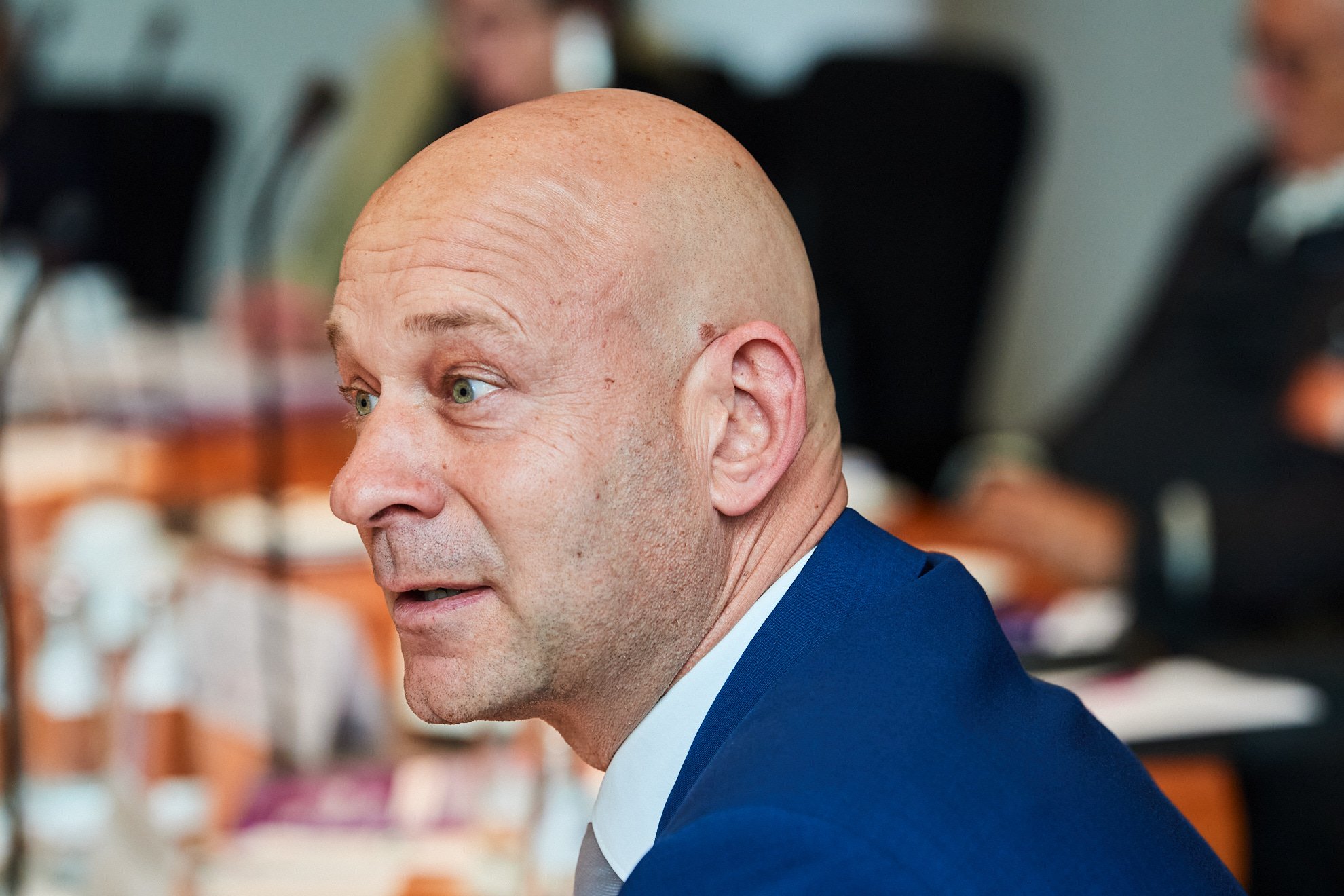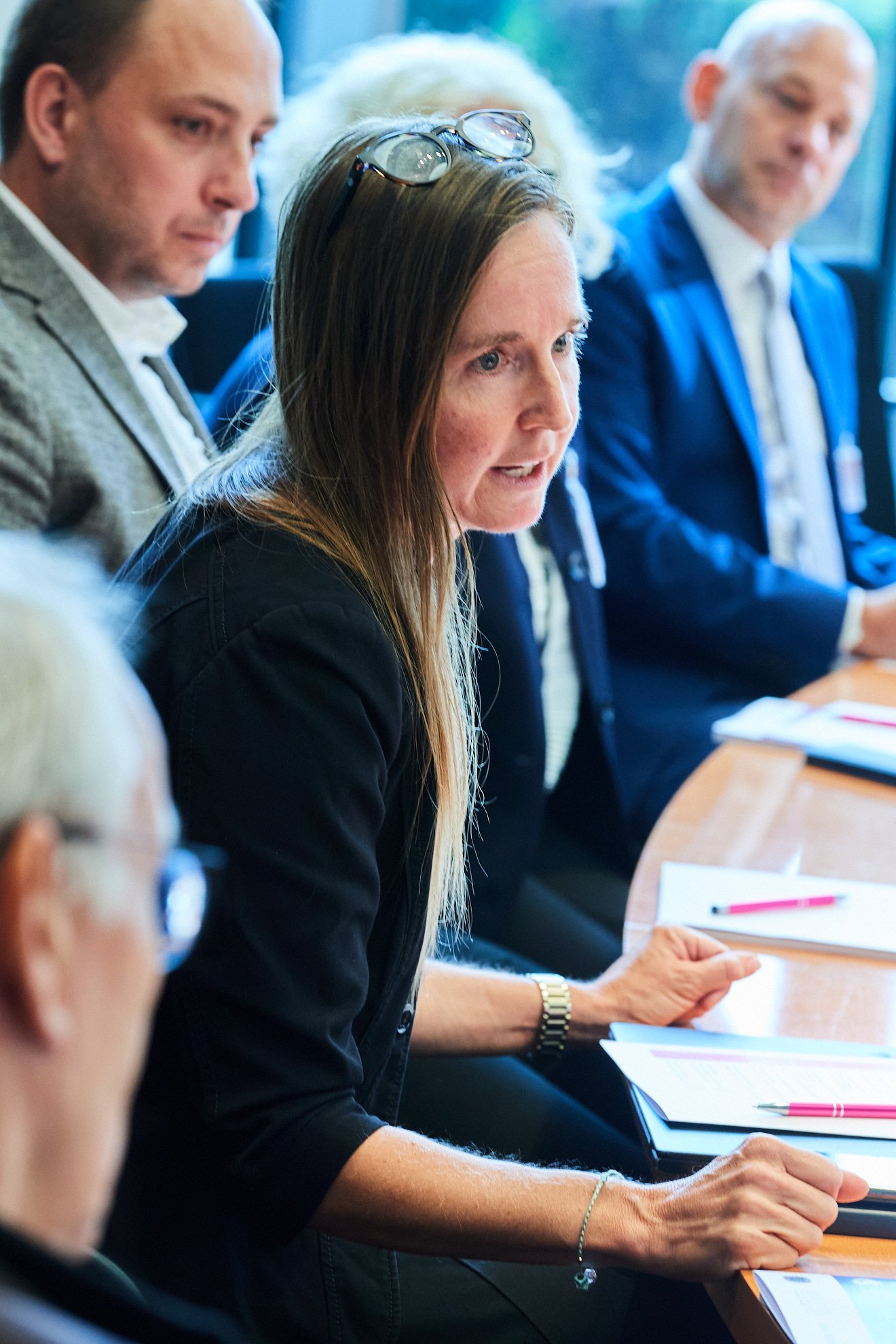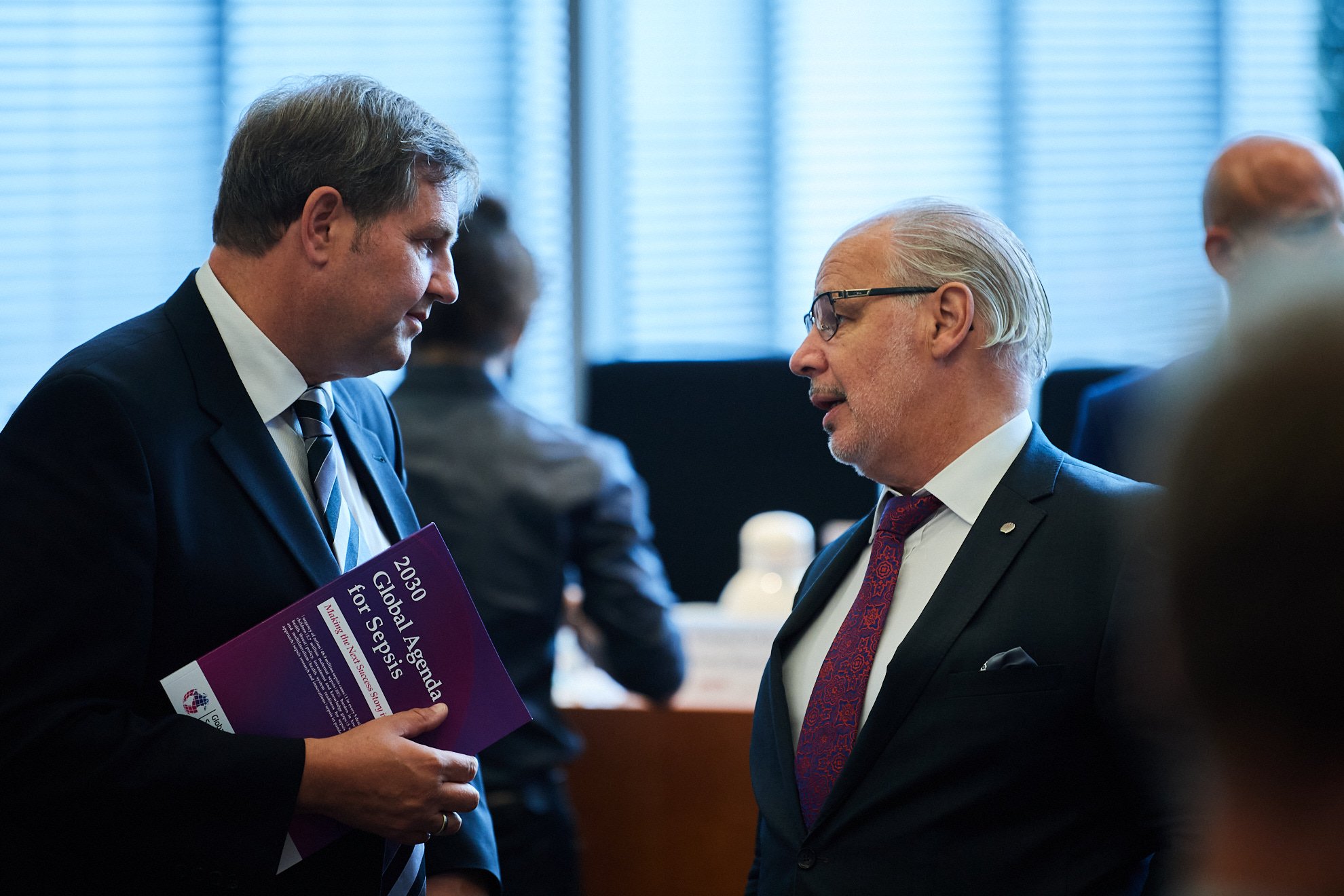The Global Sepsis Alliance hereby reaffirms its gratitude to the staff of the Geneva Headquarters and Regional Offices of the World Health Organization for their technical inputs to the document, and our readiness for continued collaboration in strengthening the global sepsis response in line with respective World Health Assembly resolutions and WHO guidance.
We are grateful to Stefan Schwartze, the Federal Government Commissioner for Patients, and the Members of German Bundestag for attending the official launch of the 2030 Global Agenda for Sepsis.
Prof. Konrad Reinhart, Founding President of the GSA, and Dr. Mariam Jashi, CEO of the Global Sepsis Alliance and a former Member of Parliament of Georgia, were joined by the following distinguished speakers and participants:
Mr. Roland Göhde, Co-founder and CEO of the Virchow Foundation and CEO of the German Health Alliance
Dr. Hans Henri P. Kluge, WHO Regional Director for Europe (Video Address)
Prof. Dr. Axel R. Pries, President, World Health Summit
Dr. Rudi Eggers, Director, Director Integrated Health Services, World Health Organization
Prof. Djillali Annane, Dean, Faculty of Medicine, University of Versailles Saint-Quentin-en-Yvelines
The central piece of the meeting was the testimony from Mariah McKimbrough, an artist and sepsis survivor living in Fürth who has recently joined the Sepsis Stiftung as its Art Director.
Over 50 representatives from multiple stakeholders attended the Bundestag event, including from the Embassies of Brazil, Georgia, France, United Arab Emirates, healthcare institutions, private sector, and civil society.
We look forward to strengthening existing collaborations and building new partnership alliances for implementing the 2030 Agenda for Sepsis and saving millions of lives from preventable deaths and disabilities.
